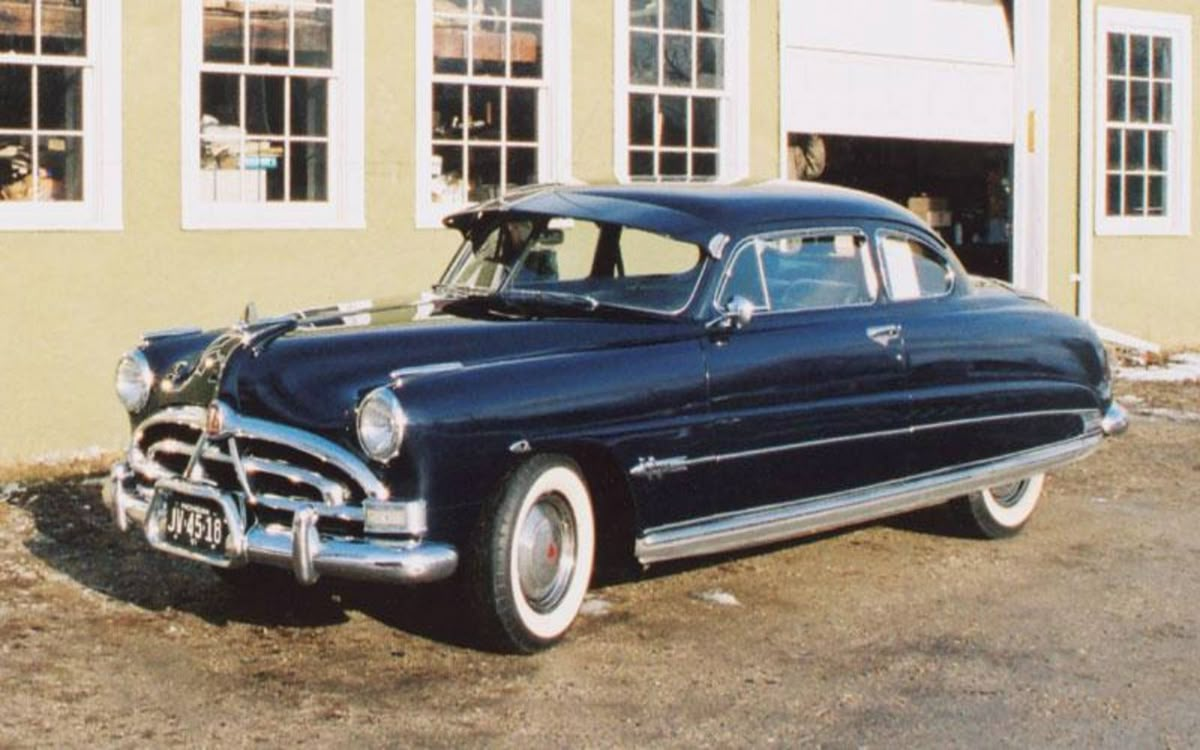Not all cars are built equal—not when it comes to holding value, anyway. You might think your shiny new ride will still be worth a decent chunk three years down the line, but that’s not always the case. Depreciation hits some vehicles like a wrecking ball, while others keep chugging along, keeping their resale value impressively strong.
So why does this happen? A car’s ability to retain its value boils down to demand, brand reputation, reliability, fuel efficiency, and overall cost of ownership.
Certain brands—especially Toyota and Honda—have built reputations for dependability and low maintenance costs, which helps their vehicles hold value. Others, especially luxury brands and some American makes, often see their cars drop in value fast, thanks to high maintenance costs and rapid changes in tech or design.
This list breaks it down. First, we’ll look at 5 cars that are resale value champs—the ones that actually make buying new feel a little less painful.
5 Cars That Hold Their Price After 3 Years
Then, we’ll dive into 5 cars that lose value faster than you can say “trade-in.” If you’re planning to buy a new car anytime soon and want your money to go the distance, this list might save you some regret—and some serious cash.
1. Toyota Tacoma
The Toyota Tacoma is practically a legend when it comes to value retention. After three years, this midsize pickup holds on to its worth like it’s gripping a rock wall. It’s not uncommon for Tacomas to retain close to 70–75% of their original value—an insane stat when you consider that most cars lose about half their value in that time.
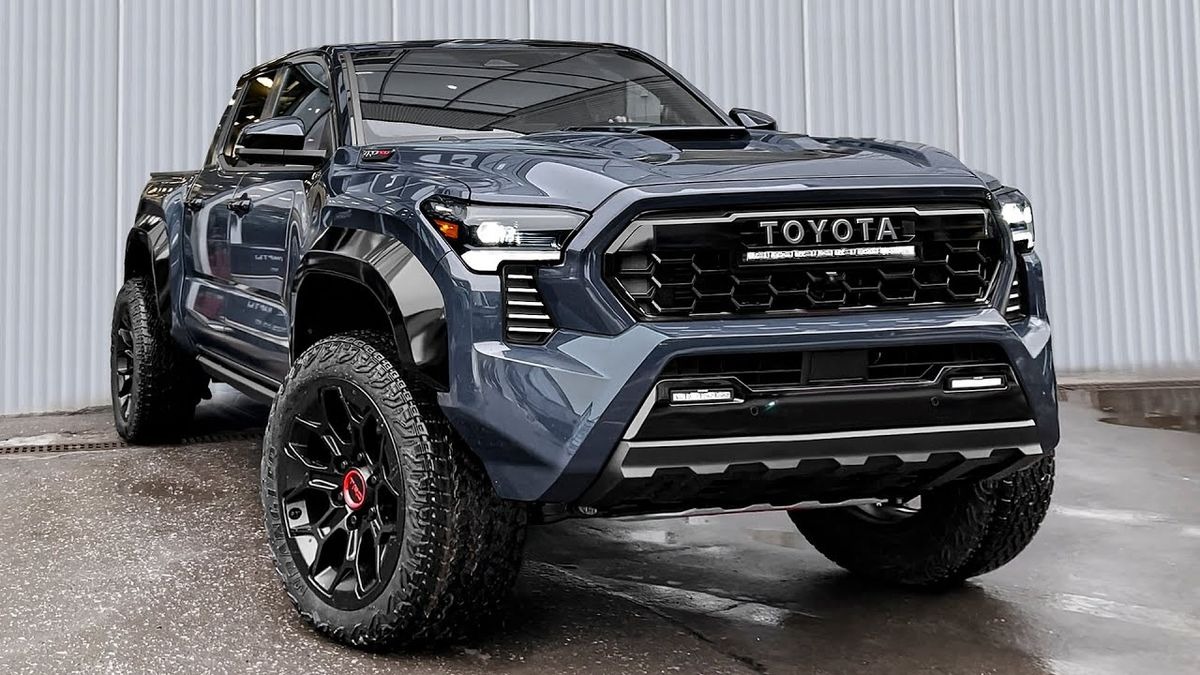
Why the love for the Taco? First off, it’s built like a tank. Toyota’s reliability reputation definitely helps here, and the Tacoma lives up to it.
It’s a favorite among off-roaders, weekend warriors, and folks who just want a truck that won’t fall apart after a few years. It also helps that the used market for Tacomas is super hot—people are always on the hunt, and supply doesn’t quite match demand.
Add in low maintenance costs, a strong aftermarket scene, and rock-solid performance, and it’s easy to see why this truck is a resale beast. Even older models with high mileage still pull in decent cash. Bottom line: if you want a truck that works hard and doesn’t tank in value, the Tacoma is your best friend.
Also Read: 5 Reliable 10-Year-Old Cars and 5 That Are Better Scrapped
2. Jeep Wrangler
The Jeep Wrangler doesn’t just hold its value—it dares depreciation to come at it. After three years, Wranglers typically retain around 65–70% of their value, which is wild in a market where SUVs are a dime a dozen. The Wrangler stands out because of its unique style, off-road cred, and cult-like fan base.
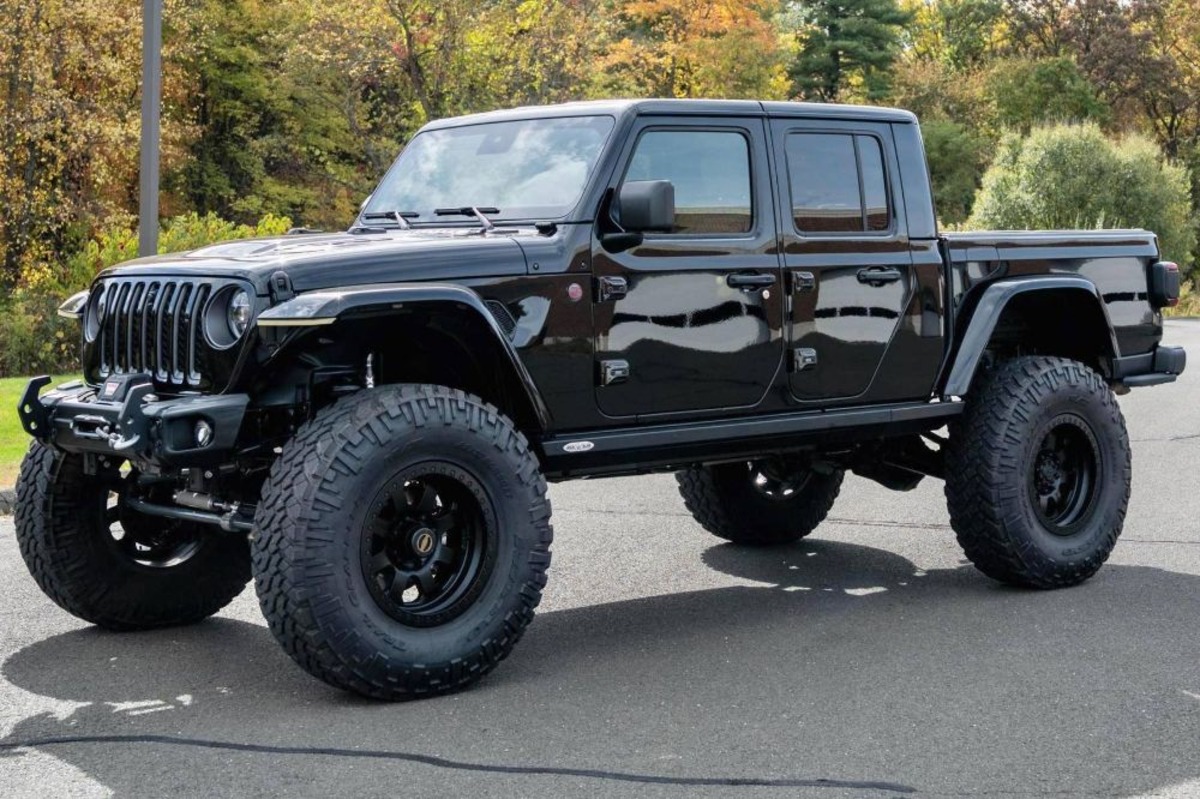
People who want a Wrangler really want a Wrangler. That kind of consistent demand helps keep resale prices high. And Jeep hasn’t really messed with the formula much over the years. That means even older models look and feel current, and aftermarket parts keep older Wranglers running and looking fresh.
Another reason it keeps value? It’s a lifestyle car. Beachgoers, mountain lovers, and suburban adventurers all gravitate toward Wranglers, and they don’t mind paying a premium for a used one that looks cool and still runs well.
Whether it’s the two-door or the four-door Unlimited, the Wrangler is one of those rare vehicles where buyers are often willing to overlook comfort and tech just for the name and image. And that image? It ages like wine.
3. Porsche 911
Yep, you read that right. A luxury sports car made this list. The Porsche 911 is the unicorn of high-end cars—it actually holds its value incredibly well. After three years, you’re looking at 60–65% resale value, which is rare air for luxury vehicles.
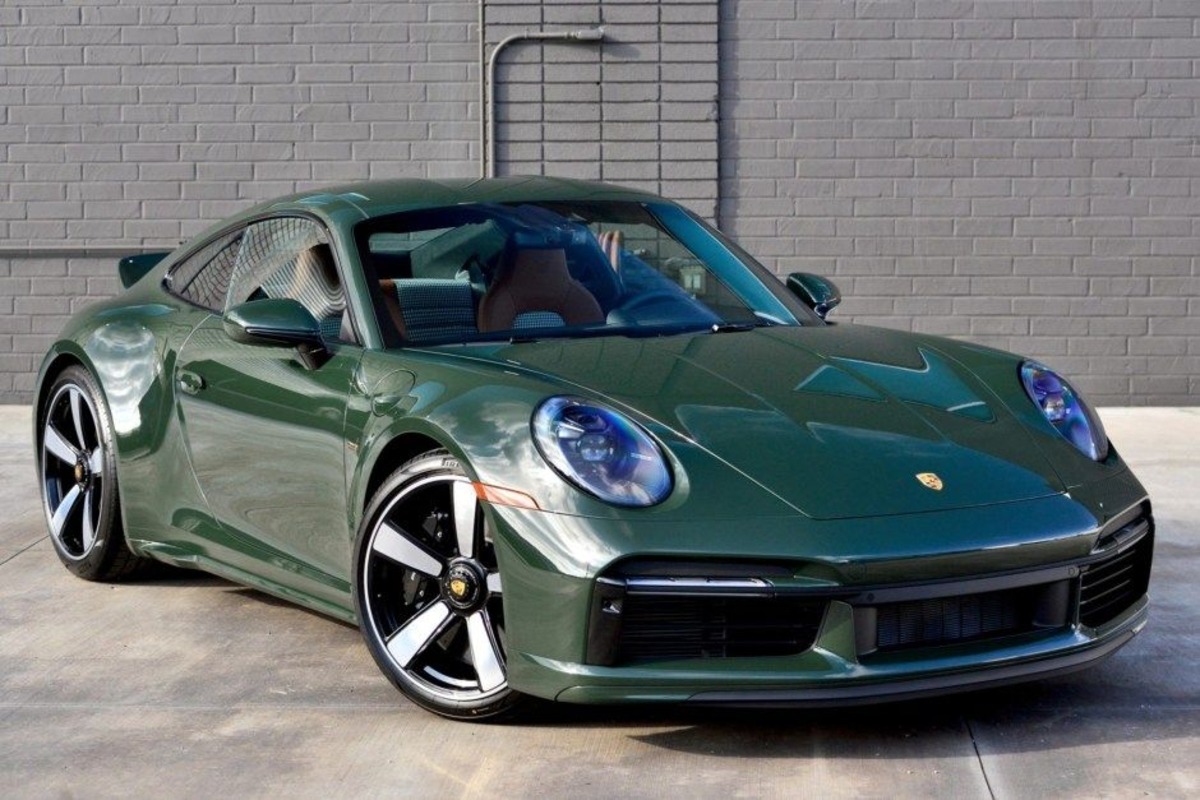
The 911 stays valuable because Porsche barely messes with the recipe. It looks nearly the same every generation, which keeps older models from looking dated. Plus, it’s built to a ridiculous standard of quality. Even people buying used expect it to be in excellent shape—and it often is.
The 911 also has a strong, almost fanatical, enthusiast community. From weekend track racers to collectors, demand stays high. And let’s not forget, this car is just flat-out fun to drive.
That fun doesn’t depreciate. While most luxury sedans and coupes drop off a cliff in value thanks to high upkeep and rapid tech obsolescence, the 911 laughs in their face and keeps roaring down the road—with value intact.
4. Honda Civic
The Civic doesn’t try to be flashy—it just does the job, year after year. And that’s exactly why people keep buying it, even used. After three years, you’re looking at 55–60% of its original value, which is solid for a compact sedan.
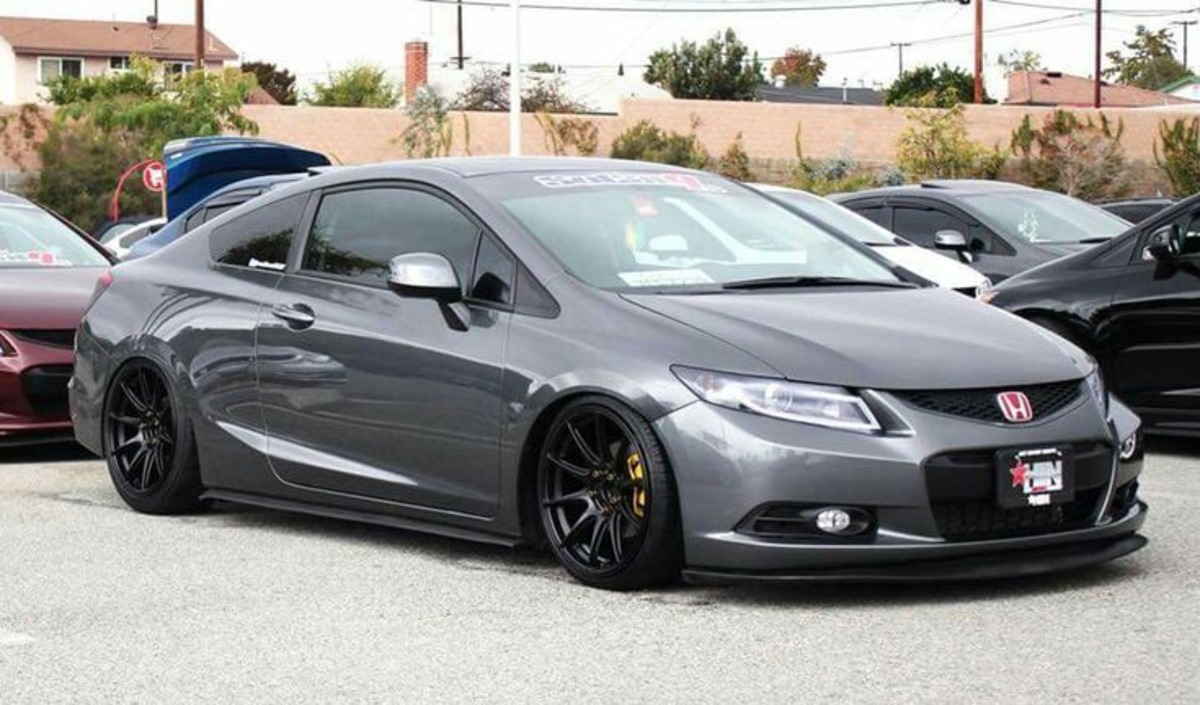
Why does the Civic stick around while others fade into Craigslist oblivion? Reliability is a biggie. Honda builds these things to last, and they do.
Maintenance is cheap, fuel economy is great, and even older Civics don’t look that outdated. Plus, there’s a big demand from first-time buyers, students, and anyone who just wants a hassle-free daily driver.
Used Civics are also a sweet spot for tuners and car modders. That subculture keeps older models alive longer than you’d expect. While most economy cars drop in value like a rock, the Civic just kind of… cruises on, no drama. If you’re looking for a small car that won’t betray you at trade-in time, the Civic’s your ride.
5. Subaru Crosstrek
The Subaru Crosstrek is a sleeper hit in the resale game. It’s not the flashiest SUV out there, but it quietly holds about 60–65% of its value after three years. That’s higher than many bigger, more expensive SUVs.
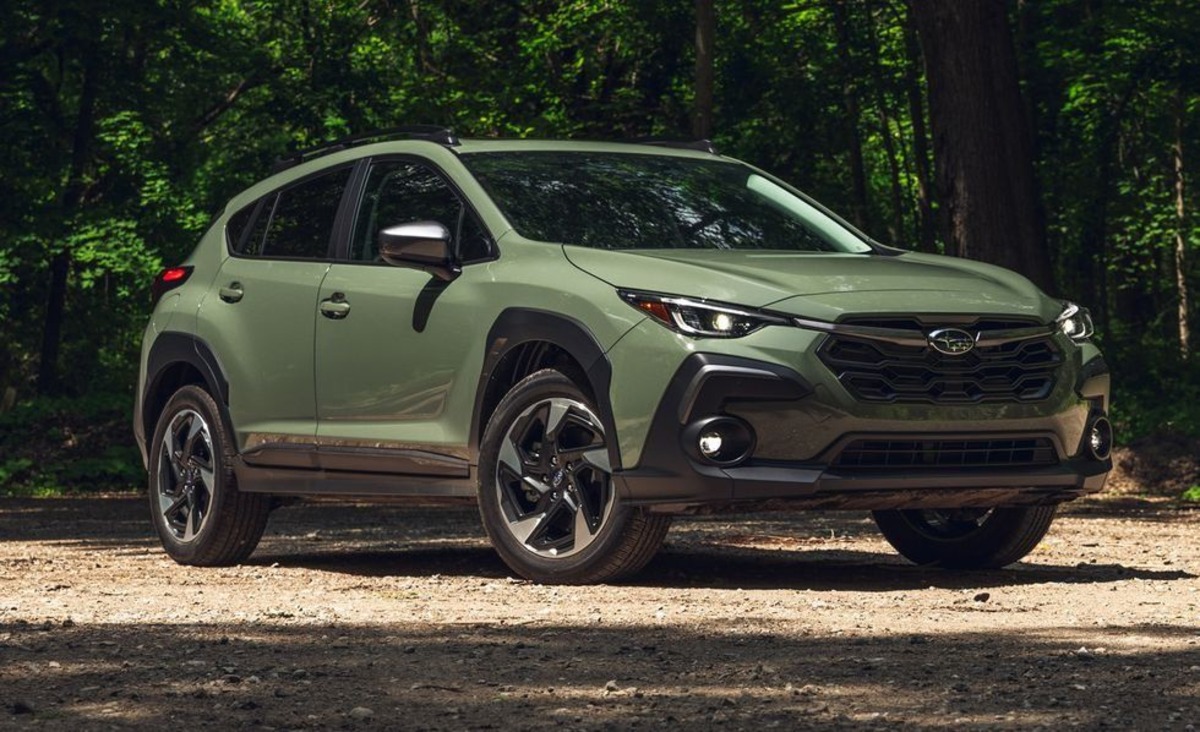
Why? Simple—it’s got a solid fan base, it’s AWD, and it’s built for people who actually drive a lot. Think hikers, skiers, road trippers. Subaru’s whole “adventure lifestyle” branding really works with the Crosstrek. It’s got that rugged, outdoorsy vibe without being huge or thirsty on gas.
Plus, it’s super reliable. Subaru owners are loyal, and many of them will only consider another Subaru when it’s time to upgrade. That means the used market for Crosstreks stays hot.
There’s also strong safety ratings, decent interior tech, and great fuel economy—all stuff that matters for resale value. It may not turn heads, but it sure won’t turn your wallet inside out when it’s time to sell.
5 Cars That Tank in Value After 3 Years
Buying a car isn’t just about the drive — it’s about the value, too. And while some vehicles hold their worth surprisingly well, others plummet like a rock the moment they roll off the lot.
In this article, we’re putting the spotlight on five cars that take the biggest financial hit after just three years. Whether you’re buying new or thinking about resale, these are the models you’ll want to think twice about.
Also Read: Why More Americans Are Holding Onto Old Cars Instead of Buying New
1. BMW 7 Series
This car bleeds money the second you drive it off the lot. After three years, the BMW 7 Series retains only about 35–40% of its original value. That’s brutal, especially for a car that can cost over $100K new.
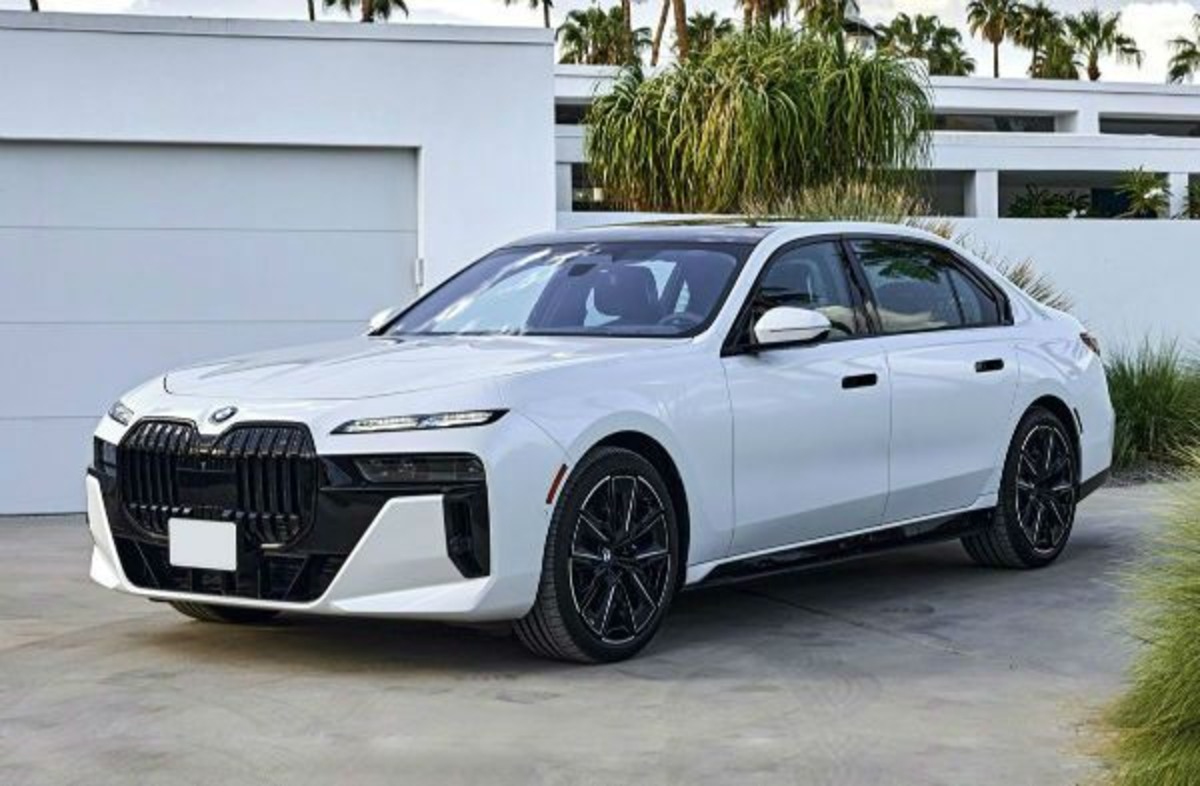
What’s the problem? First, it’s a luxury sedan in a world that’s moved on to SUVs. Second, it’s got tech out the wazoo—which sounds great until it breaks. Maintenance is expensive, and buyers know it.
Also, BMW’s styling updates often make older models look dated quickly. Combine that with high insurance and running costs, and you’ve got a car that buyers avoid like the plague in the used market.
Even lease returns flood the market with lightly used models, which drives prices down even further. Unless you’re picking one up used and cheap, buying a new 7 Series is like setting cash on fire.
2. Nissan Leaf
Electric cars are the future, right? Sure—but not all of them hold value. The Nissan Leaf loses more than 50% of its value in just three years, and in some cases, it’s closer to 60%.
Early versions had limited range, and that still haunts the Leaf’s reputation today. Battery degradation is also a concern.

While newer EVs offer 250+ miles of range, the Leaf still lags behind, especially older models. And since there’s less excitement around it compared to Teslas or even newer EVs from Hyundai or Kia, resale demand stays low.
EV tax credits and incentives also mess with resale prices. When people can get a brand-new EV with a hefty government discount, they’re less interested in buying a used one at a high price. That pushes Leaf values down hard.
3. Chrysler 300
The Chrysler 300 looks cool, but it’s a resale disaster. After three years, it typically holds just about 40% of its value, maybe less. Buyers just aren’t flocking to large sedans anymore, and Chrysler hasn’t done much to keep the 300 relevant.
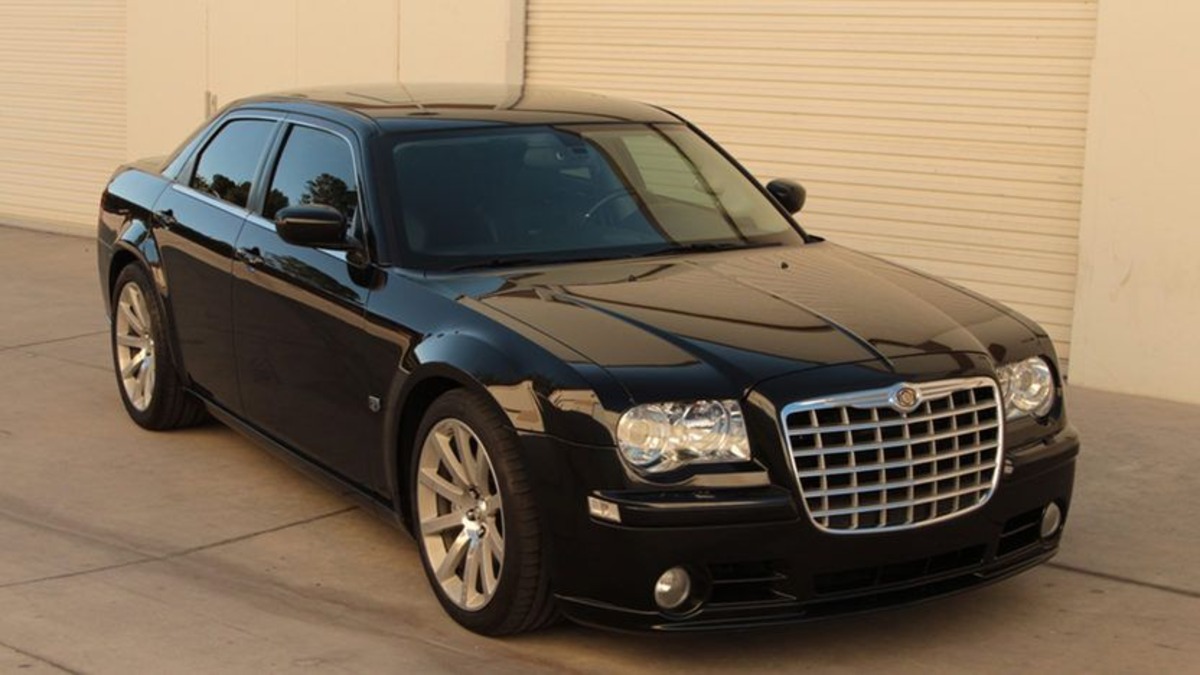
The platform is old. The tech is older. And the brand doesn’t scream reliability, which hurts confidence in the used market. While the 300 once had street cred as a budget-friendly luxury cruiser, it’s lost its edge. And that means it loses value fast.
4. Chevrolet Impala
Another full-size sedan bites the dust. The Chevy Impala drops over 50% of its value within three years, and it’s not even in production anymore. That alone hurts its resale value—nobody wants to be stuck with a discontinued model unless they’re getting a crazy deal.
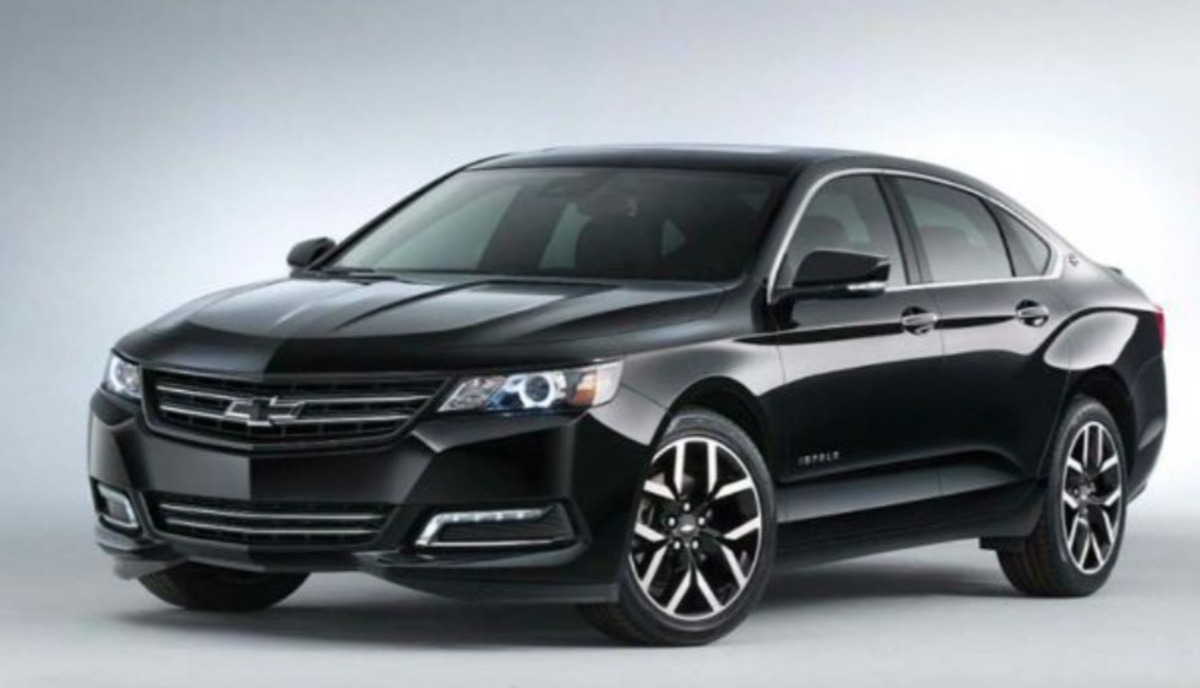
Like the 300, the Impala just doesn’t match what people want anymore. SUVs dominate the market, and sedans—even big comfy ones—just don’t cut it. Fleet sales and rental car stigma also contribute to the Impala’s tanking resale value.
5. Fiat 500
Cute doesn’t always pay off. The Fiat 500 might look like an Italian city car dream, but after three years, it holds on to barely 30–35% of its value. That’s a steep fall for a tiny car.
Reliability issues, limited dealer support in the U.S., and Fiat’s shaky brand rep all hurt resale. Plus, it’s tiny and underpowered—not exactly a great fit for American roads or lifestyles.
It had a quirky moment, but it didn’t last. Most buyers now look elsewhere, and the used market reflects that.
When it comes to buying a new car, depreciation should be a serious consideration—unless you’re planning to drive it into the ground. The vehicles that retain their value—like the Tacoma, Wrangler, and 911—do so because they combine reliability, brand loyalty, and ongoing demand. Buyers feel confident buying them secondhand, and that keeps prices up.
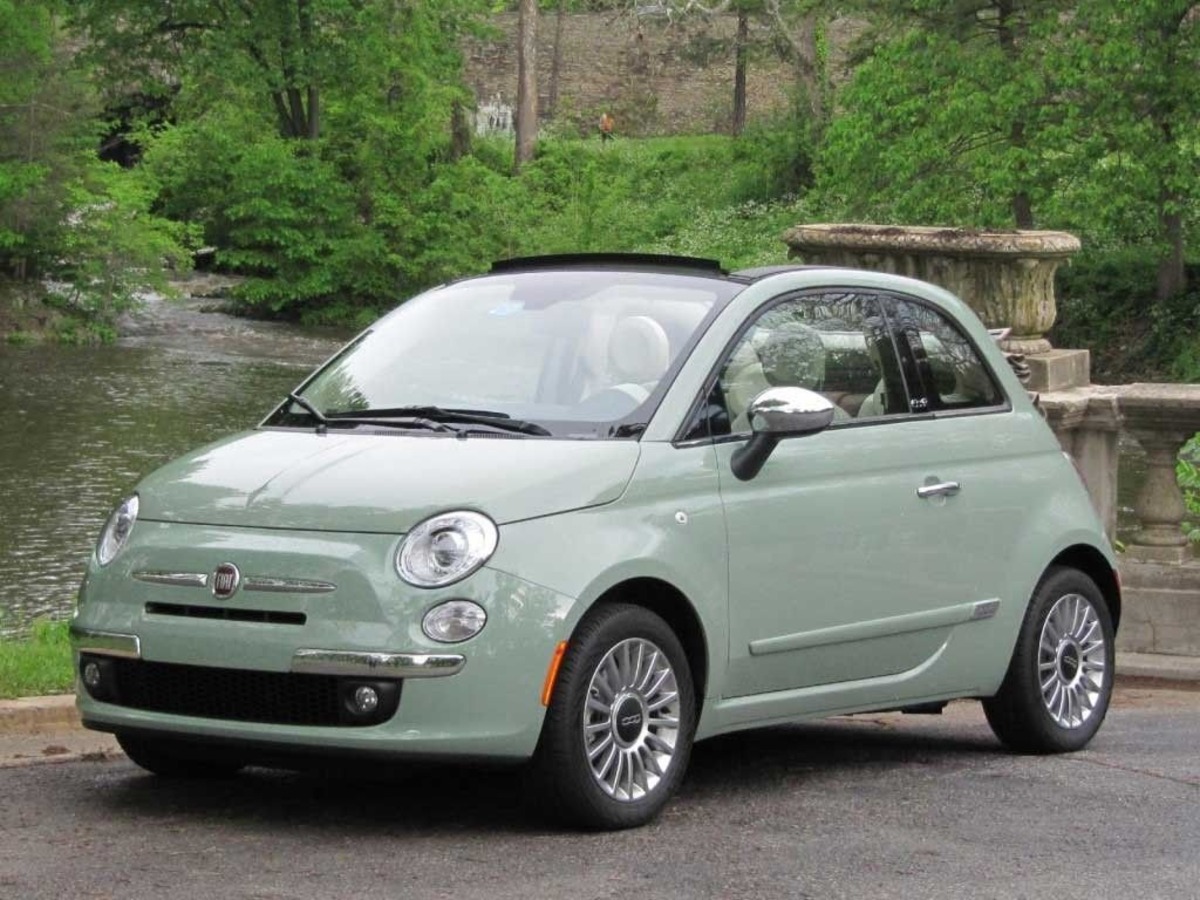
On the flip side, the fast depreciators often struggle due to poor resale demand, high maintenance costs, or outdated designs. Cars like the BMW 7 Series and Fiat 500 just don’t give buyers enough reasons to stick around after the honeymoon phase. That’s why their resale prices plummet.
If you want to get the most bang for your buck, think long term. Don’t just fall for the flashiest model or the biggest discount. Look at real-world depreciation stats and resale demand. A few smart choices upfront can save you thousands when it’s time to sell or trade.
So, whether you’re planning to flip your ride after three years or just don’t want to lose your shirt on a new car, this list gives you a clear picture. Pick wisely, and your future self (and bank account) will thank you.

